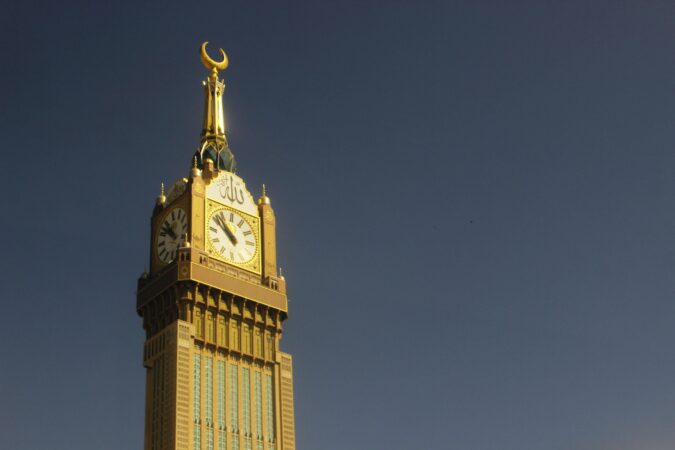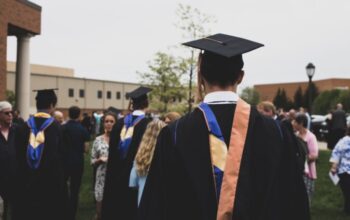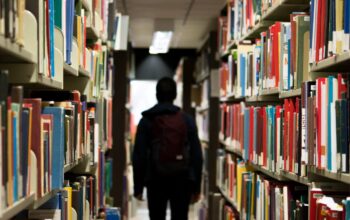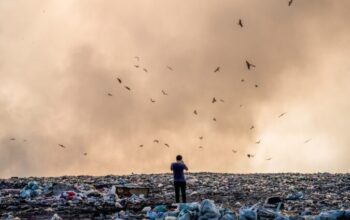Art in all its forms has been telling us stories throughout time about what people used to think, and how politics and culture were. This is how we know how a society lives. What they express through art is the perfect example of what the collective is experiencing. Art is the one that will tell the story to future generations in the end. It is the same as what Michelangelo’s David, the Egyptian pyramids and hieroglyphs, Pompeii’s ruins, or the Hagia Sophia have revealed to us.
Most people tend to stick to the routine and stay in their comfort zone. It’s just human, so we sometimes think from our western perception of society, in other words, our point of view, but have you ever wondered: What’s happening on the other side of the world? How does art blossom in scenarios unknown to us and often misinterpreted, like Saudi Arabia? You would be amazed by what is happening there and how the art scene has taken a fantastic turn in the last decade.
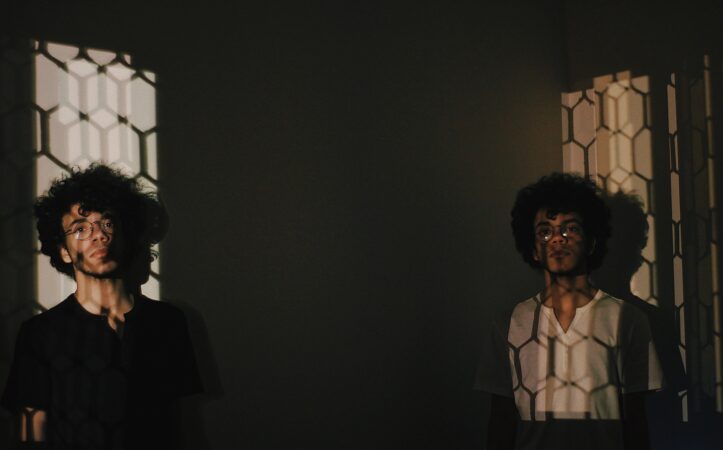
Nowadays, it’s easier to travel, and Saudi Arabia has recently launched a new tourist visa, meaning foreigners can now visit the unique sites there. The best part is that now you can easily apply in a matter of minutes and do all your necessary paperwork for any travel abroad online, with iVisa. Visit their site and look at the reviews that others have left regarding their experience with their travel documents.
Additionally, their team of experts will give you all the useful information you need before heading to Saudi Arabia. Learn more about the [Saudi Arabia Tourist Visa] and how to start your application quickly by following a few steps and answering some basic questions. You’ll be glad to know that not only can you get your **Saudi Arabia Tourist Visa**, but they will also help you [take your photo] without needing a professional photography studio. A helpful service to count on when planning a trip anywhere in the world, so be sure to check it out.
As you can see, it’s not hard at all to get to Saudi Arabia, but what’s more important is to understand why it is so interesting what’s happening with Saudi Arabian art. Over the past decade, or better yet, since the Arab spring, Saudis have expressed their comfort or discomfort with the political and social situation in various ways. Uprisings, anti-government protests, and even armed rebellions spread across many Arab states in the early 2010s. This opened a gate to artists who started expressing themselves distant from religious or political views but embracing their own thoughts and points of view.

You will see it once you get there, in their traditional Arab tapestry, artwork, and architecture determined mainly by the Arab calligraphy since the dawn of Islam. You will also notice the creative visions that engineers, musicians, artisans, and architects have portrayed in the new Saudi landscape, and the futuristic vision they have for 2035 for the Saudi Kingdom. A good place to see and appreciate the contrast between both is Riyadh, the Kingdom’s Capital. Here you will get a glimpse of Arab and Islamic traditions, as well as contemporary skyscrapers. Unlike the city of Jeddah, it is more conservative in many ways, but the change can be seen in every corner of the nation either way.
Although the Arab Spring represented a shock to the government, it also made the regime understand the need for artistic expression for the people, and its influential power when conveying a message. However, it hasn’t been an easy process for artists to display and develop their artistic work on Saudi soil. This is why many have had to leave the country and begin to share their art and story of what happens there outside the Kingdom.
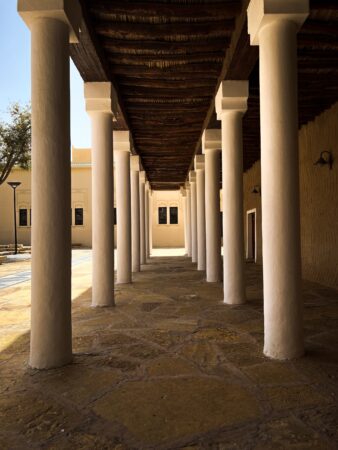
Art in Saudi Arabia Conclusion
Art in Saudi Arabia is everywhere, from the ancient ruins of Hegra, Mecca, or the beautiful jewelry pieces you can find. Saudi Arabian artists like Abdulnasser Gahrem are focusing all their energy on telling the history of the social processes that have taken place in the Arab world. In addition, they are encouraging other young boys and girls to portray the story in their art from their perspective.

